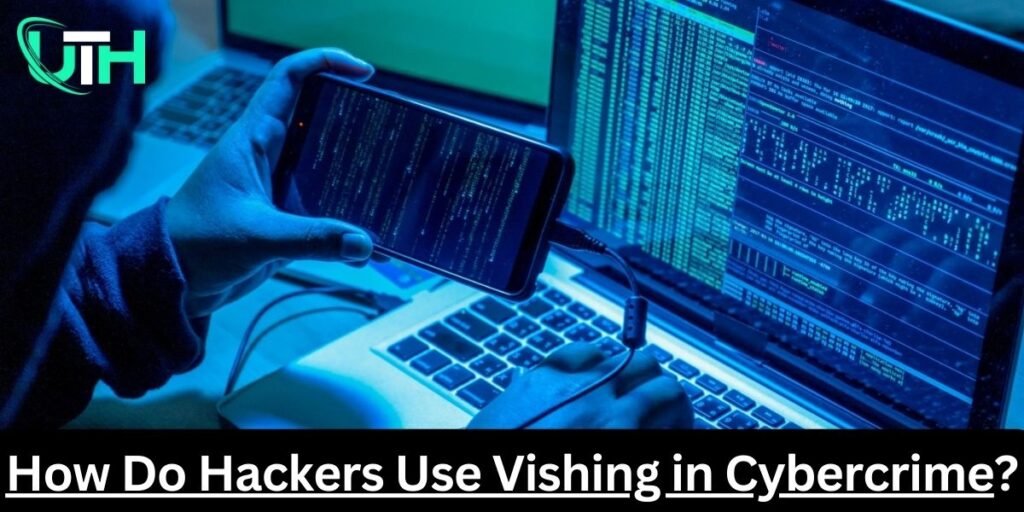Vishing (voice phishing) is a cybercrime method where attackers manipulate victims over the phone to extract sensitive information, such as financial details, login credentials, or personal data. Cybercriminals exploit trust, urgency, and deception to achieve their goals.
Common Vishing Tactics Used by Hackers
1. Caller ID Spoofing
Hackers disguise their phone numbers to appear as trusted entities, such as a bank, government agency, or tech support, increasing the likelihood of deception.
2. Impersonation Scams
Cybercriminals pose as bank representatives, law enforcement officers, or company executives to pressure victims into revealing confidential data or making financial transfers.
3. Fake Tech Support Calls
Hackers pretend to be from well-known companies like Microsoft or Apple, claiming that the victim’s device has malware. Hackers persuade users to install remote access software, allowing full control over the system.
4. Business Email Compromise (BEC) via Vishing
Attackers impersonate high-level executives and trick employees into approving fraudulent wire transfers or sharing internal information.
5. Multi-Factor Authentication (MFA) Code Theft
Hackers call victims, claiming to be from a bank or service provider, and request a One-Time Password (OTP) to “verify” an account. This allows them to bypass security measures and gain unauthorized access.
6. Deepfake Voice Attacks
Advanced cybercriminals use AI-generated voice technology to impersonate individuals, making fraudulent requests appear legitimate.
7. Voicemail Phishing (Voicemail Spoofing)
Hackers leave fake voicemails pretending to be from official sources, instructing victims to call back and provide sensitive information.
Real-Life Vishing Attacks
- Twitter Breach (2020): Hackers used vishing to manipulate employees into sharing credentials, leading to high-profile account takeovers.
- CEO Voice Deepfake Scam: Cybercriminals cloned a CEO’s voice using AI and tricked an employee into transferring $243,000.
- Bank OTP Fraud: Victims received calls from fake bank representatives who requested OTPs, leading to unauthorized financial transactions.
How to Protect Yourself from Vishing
✅ Never share personal information over the phone.
✅ Verify the caller by contacting the organization through official channels.
✅ Be cautious of urgent or high-pressure requests.
✅ Use call-blocking features to filter out scam calls.
✅ Train employees on vishing tactics to prevent corporate fraud.
Final Thoughts
Hackers use vishing as a powerful tool in cybercrime, but awareness and proactive measures can help prevent these attacks. Stay vigilant, question unexpected calls, and always verify requests before taking action.
